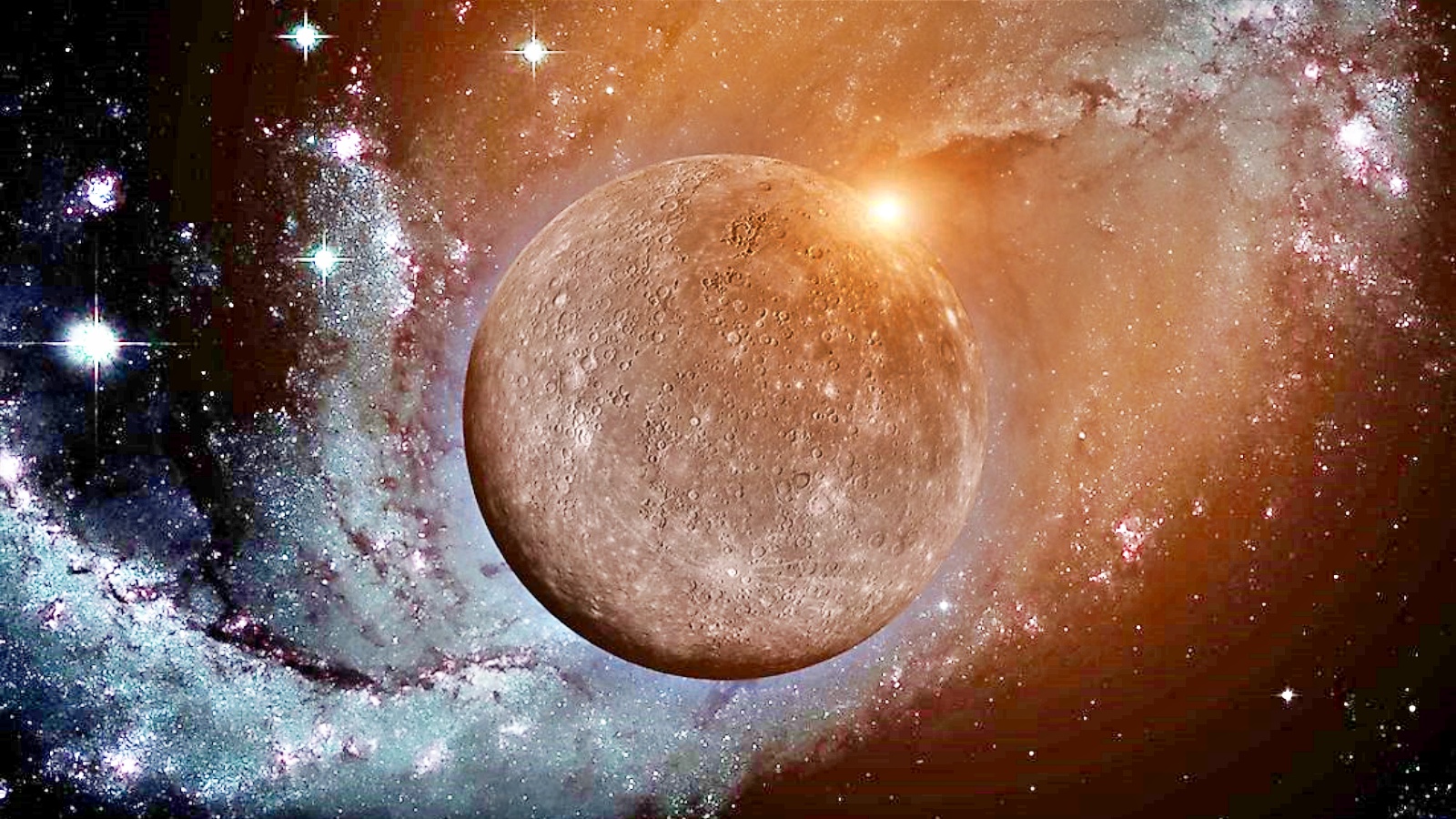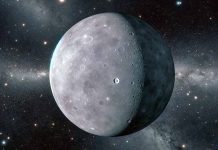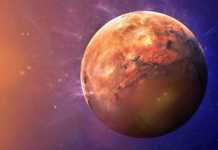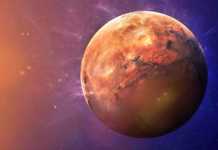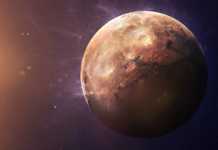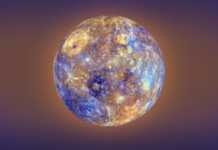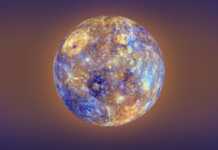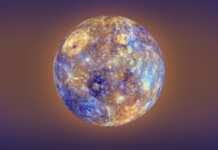The planet Mercury is one of the most important and impressive in the solar system, being at the smallest distance from the sun of all those currently orbiting the star. This proximity that the planet Mercury has to the sun is also a starting point for theories according to which there would be nothing but arid land on its surface, without life, without water, without ice, or at least that's what some believed until recently.
The planet Mercury would still have areas of frozen water near its surface, or at least this would have been discovered after the MESSENGER spacecraft, sent by NASA, analyzed the surface of the planet. The MESSENGER spacecraft was equipped with laser instruments that tried to find out from a distance what the surface of the planet Mercury is made of, and the scientists' conclusion would be that there is ice close to the surface.
Planet Mercury: Amazing Announcement, What Was Thought Totally Impossible
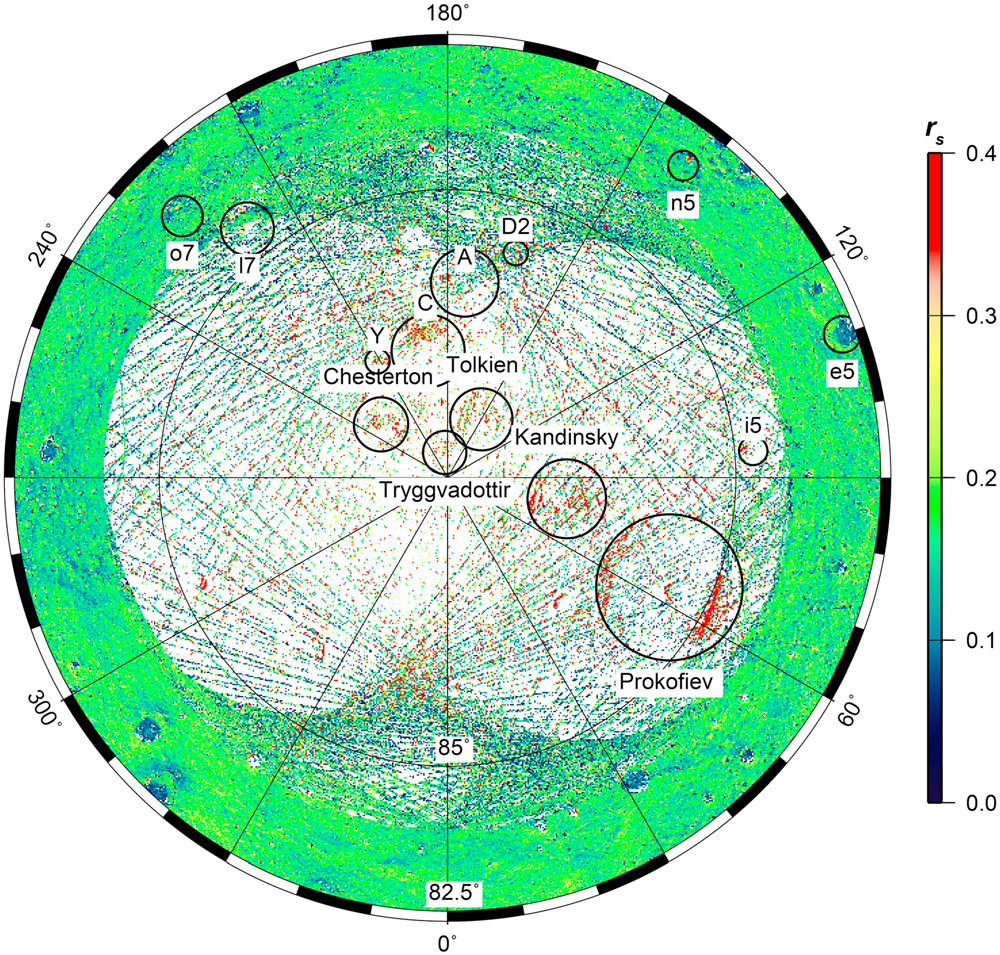
The planet Mercury would have ice inside the craters that are visible on its surface, some of them being deep enough to allow the freezing of the water that remained there after the collisions. Although the planet Mercury has temperatures of several hundred degrees Celsius on the surface due to its proximity to the sun, inside these craters, some of which are kilometers deep, the water could freeze due to the very low temperatures recorded there.
In the image above, the planet Mercury shows the areas where the most ice is found, these being craters near the poles, their diameter totaling approximately 3400 kilometers². Only four regions of this kind have been discovered on the planet Mercury using data provided by the analyzes provided by the MESSENGER spacecraft, it is not excluded that there are also others where there could be enough undiscovered ice.
The planet Mercury has generated great surprise among many scientists with this discovery because of the extremely high temperatures, which also destroy spaceships, on its surface, but inside it is very cold.


